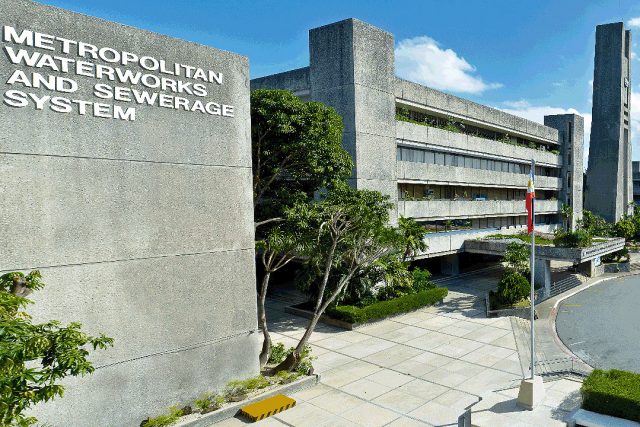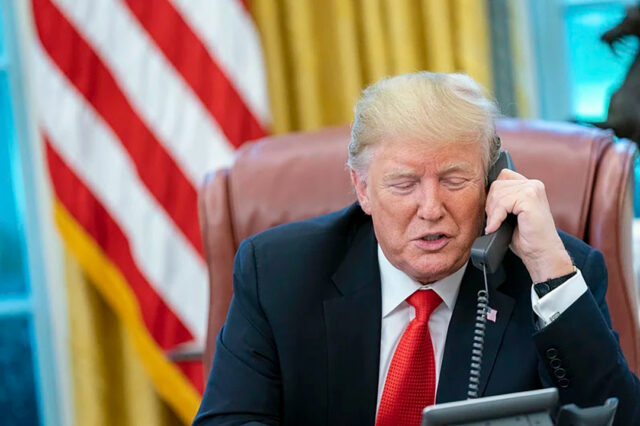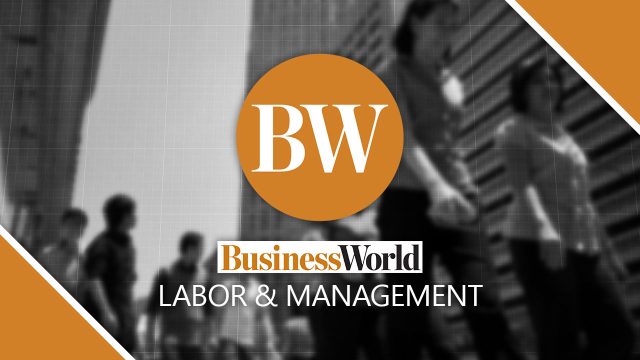“He doesn’t need help. He needs hindrances,” says John Malkovich, playing Valmont in Dangerous Liaisons. Said of someone who needed to try harder, it’s frankly the best remedy for today’s youth whose mantra apparently is “I can’t even.”
It seems like everything stresses them out and gives them anxiety: study, work, interacting with family, Christmas, answering the phone, punctuation. Everything is a mental health issue.
Of course it’s idiotic, but when one has adults — be it media, guidance counselors, HR, parents — irresponsibly giving validation to that idiocy, it just makes it all worse.
Take “bed rotting,” which “involves staying in bed for extended periods — not to sleep, but to do passive activities like eating snacks, watching TV, and scrolling through devices. This trend is most popular with members of Generation Z who may feel burnt out from work, school, family demands, or social engagements.” (“What Is ‘Bed Rotting’? Gen Z’s Newest Self-Care Trend, Explained”; Health.com, July 2023)
Or “depression rooms,” which is a TikTok trend (of course) where young people show off their unmade and dirty rooms because apparently, they’re “sad.”
The problem with all this is that they’re just young kids being lazy, and not only lazy but self-centeredly calling attention to their laziness. And culture being what it is now, anything self-centered is celebrated.
Unfortunately, for those kids, reality always demands a price to be paid: “Bed rotting could start off as self-care to rest but then turn into fewer productive or enjoyable activities, more time on social media, more sleep issues, more social isolation, and lead to more depression,” says Ohio State University’s Dr. Nichole Hollingshead. Furthermore, “spending too much time in bed can disrupt mood, increase stress levels, and interfere with healthy sleep patterns.” It can also “lead to more serious health issues. Patients who consistently sleep longer than eight hours daily may be at increased risk of mortality compared with those who sleep just an hour less each day. Research has also shown an association between long sleep hours and incident diabetes mellitus, cardiovascular disease, stroke, coronary heart disease, and obesity. (“The dangers of ‘bed rotting’: Why spending days in bed is not a healthy way to relax”; MDLinx, July 2023)
As for depression rooms, it’s no surprise that self-centeredly calling attention to it rather than engaging in more positive activities makes it all the worse: Studies suggest that feeling surrounded by chaos can affect mental health. Studies have been consistent in pointing out that cluttered rooms “harms overall well-being” and that “high levels of household disorganization in families led to poor cognitive, behavioral, and communication outcomes among adults and children.” Finally, lower “levels of life satisfaction” (“The Link Between Messy Rooms and Depression”; PsychCentral, May 2022).
Unfortunately, these annoying bits of narcissism haven’t stopped in homes but have gone out to infect even the work environment. Thus, Business Insider (“Top 10 workplace trends on TikTok this year: quiet quitting, bare minimum Mondays, and more”) listed supposed “new” work trends, which are actually just repackaged forms of laziness.
Some nauseating examples: “bare minimum Mondays,” which “refers to taking it easy as you start out the work week,” supposedly to “beat the Sunday scaries, avoid burnout, and establish stronger work-life balance” and include “mornings devoted to self-care and creative work, followed by work condensed into several hours in the afternoon.”
There’s also “acting your wage,” which is “doing your job as written and nothing more — essentially putting in work commensurate with what you’re paid.” And more famously, “quiet quitting,” which involves “dialing it back at work and just doing what’s expected of you — or often, even less.”
Now, if you’re a sane employer who happens to frown on such moronic practices, then prepare to see your workers do “rage applying,” whereby employees fire off “job applications after feeling fed up or overlooked in their current roles” or simply just “underappreciated.”
What’s up with all this? Ross Douthat, a New York Times columnist that writes with “nuance” and “context” (traits which apparently should make liberals have to accept his word), blames the current malaise (or as he calls it, the “culture of narcissism”) on a social media that “entered into a world that was experiencing the triumph of a certain kind of social liberalism, which the new tech subjected to a stress test that it has conspicuously failed” (italics gladly supplied).
Social liberalism here was meant by Douthat as “the more individualistic liberalism that emerged in the 1960s and experienced a second takeoff across the first decade of the 2000s. Its defining features were rapid secularization (the decline of Christian identification accelerated from the 1990s onward) and increasing social and sexual permissiveness — extending beyond support for same-sex marriage to beliefs about premarital sex, divorce, out-of-wedlock childbearing, marijuana use and more” (“The smartphone and the sources of teen despair,” New York Times, Feb. 22, 2023).
We really need ROTC and mandatory military service now.
Anything’s better than this Barbie world.
Jemy Gatdula is a senior fellow of the Philippine Council for Foreign Relations and a Philippine Judicial Academy law lecturer for constitutional philosophy and jurisprudence
https://www.facebook.com/jigatdula/
Twitter @jemygatdula












